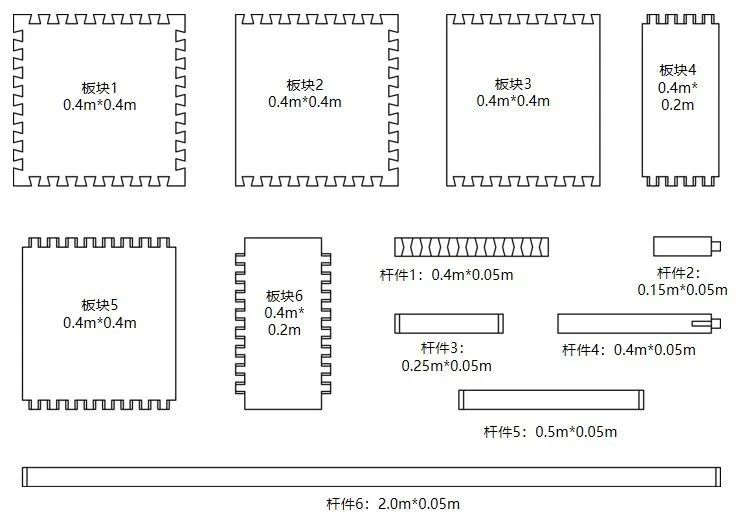Award winning work | building block cloud — Discussion on the green operation mode of precast furniture





Logical decoding # building block cloud: it is as simple and interesting as building blocks to assemble furniture by renting standard parts! Mortise and tenon is the soul of Chinese wooden furniture, and dovetail mortise is recognized as the “mother of ten thousand mortises” all over the world.
If the materials that make up the furniture are modular, the used old furniture can also be recycled and put into use again after passing the test, which is low-carbon and environment-friendly; Unqualified furniture can be recycled through module compression and regeneration.



Step3: the citizen registers the user account, pays the deposit and puts it in the withdrawal counter.
In this regard, we think: can it be designed into detachable standard parts at the source design, so that assembly and disassembly are effortless? On this basis, if we can establish a rental sharing circulation system, we can further improve the efficiency and convenience of resource utilization.
Operation mode # step1: inject funds and the factory standardizes the production of furniture modules.

This practice is called “Zha” in ancient architecture.





According to statistics, in 2020, the amount of waste furniture in China’s waste classification reached 21600 tons, accounting for 9.1%.
▲ tenon diagram ▲ component specification design strategy we realize that the functional requirements of furniture are extensive and complex.
How to simplify the complexity and meet the complex functional requirements with the most common individuals? If you are like a building block, you can piece together a variety of shapes with several simple geometric shapes, and everyone can DIY their own characteristic furniture, which is simple and interesting.

Step2: pack the produced template and put it into the furniture extraction cabinet in the city at a fixed point.

Waste wood furniture is difficult to recycle and reuse, which not only leads to serious waste of resources, but also has potential safety hazards.
Dovetail tenon is big at the top and small at the bottom, which is called “sliding”.
The root of dovetail tenon is narrow, the end is wide, and it is in the shape of a big head.
By connecting in this way, the use of nails is cancelled, which makes the connection more convenient, and there is a retro charm of traditional old furniture in the appearance.

Dovetail tenon is the most solid tenon method that has been verified at present.




